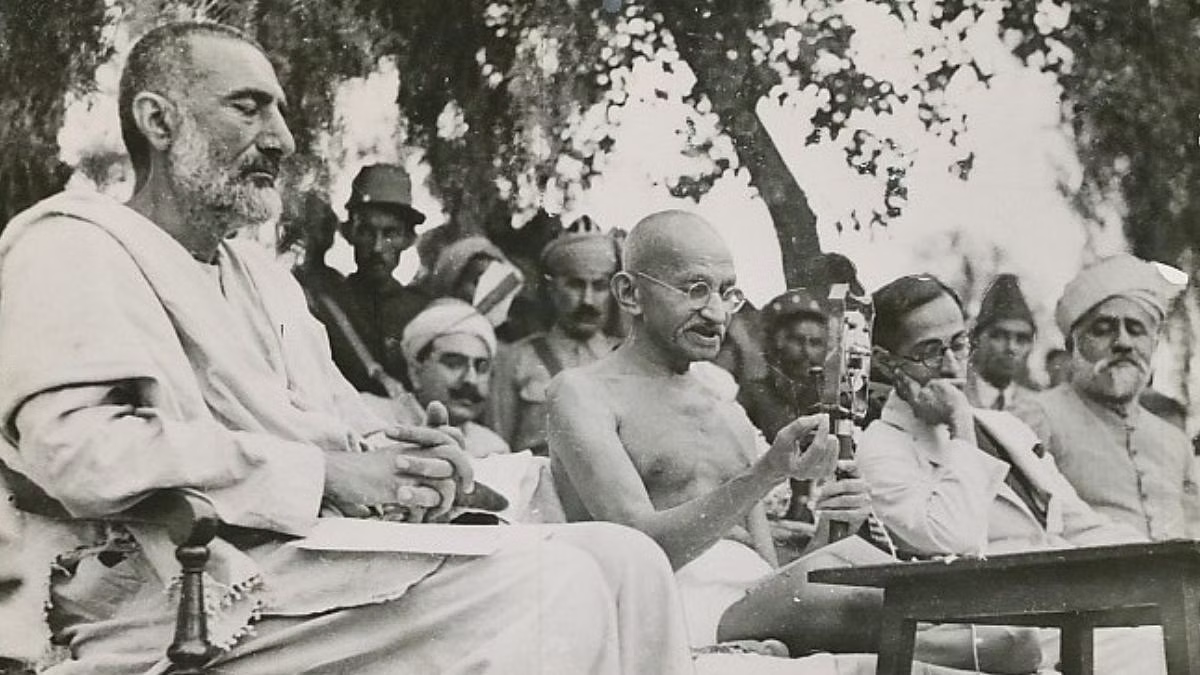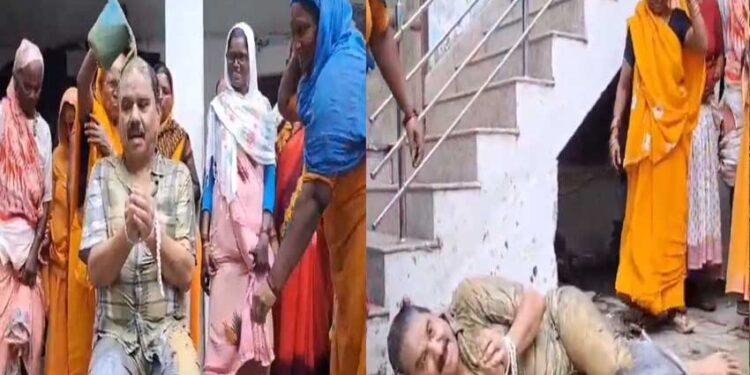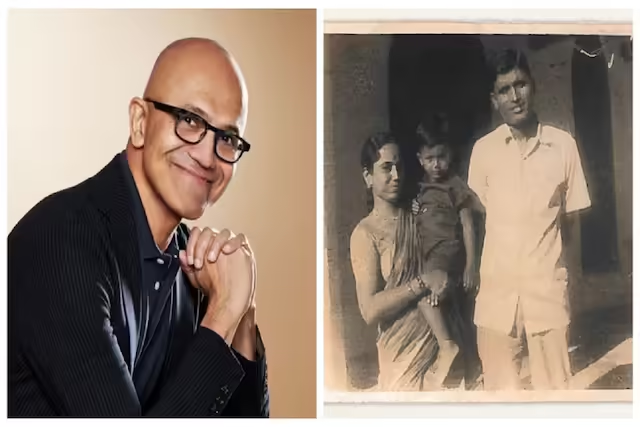History News Desk !!! Khan Abdul Ghafar Khan (English: Khan Abdul Ghaffar Khan, Birth: 6 February 1890; Death: 20 January 1988) was a great politician who participated in India’s freedom struggle and “Sarhadi Gandhi” (Sarhadi Gandhi “( Semati Gandhi), “Bacha Khan” and “Badshah Khan” were called. The 20th century was the leading and charismatic leader of Pakhtuns (or Pathan (Pathan (or Pathan’s Muslim ethnic group)), who became a follower of Mahatma Gandhi and came to be called ‘Frontier Gandhi’. Abdul Ghaffar Khan was born in a rich family. He is a very strong person since childhood, so the Afghans started calling him as ‘Bacha Khan’. Your boundary was highly impact on the tribes of the province. Being a staunch follower of Gandhiji, his image of ‘Frontier Gandhi’ was created. The humble gift always called himself a ‘soldier of freedom struggle’, but his fans called him as ‘Badshah Khan’. Gandhiji also addressed him like this. Participating in national movements, he has suffered severe torture in jails many times. Nevertheless, he was not alienated from his original culture. Due to this, he had a lot of affection for India.
Life introduction
Khan Abdul Ghaffar Khan was born on 6 February, 1890 AD in Peshawar, the then British India present Pakistan. His great -grandfather ‘Abdullah Khan’ was a very true and combative nature. His father ‘Bairam Khan’ was of calm nature and used to be absorbed in devotion. He sent his boy Abdul Ghafar Khan to ‘Missionary School’ to educate him, the Pathans strongly opposed him. He came to Aligarh after finishing the missionary school. Social service during summer holidays was his main task. After finishing education, he started service. Even today, across the border, Khan Abdul Ghafar Khan, known as ‘Frontier Gandhi’, struggled for the freedom of his people, was against the British since the beginning.
Introduction to Gandhiji
During the 1919 agitation against the Rowlatt Act, which allowed political disgrival to make them under arrest, Ghafar Khan met Gandhiji and entered politics. The following year he joined the Khilafat movement, which strived for the spiritual relations of Indian Muslims with the Sultan of Turkey and in 1921 he was elected District President of the Khilafat Committee in his home state northwest frontier province.
Establishment of Khudai Khidmatgar
After attending a meeting of the Congress party in 1929, Ghafar Khan established Khudai Khidmatgar (servant of God) and called for a red kurti movement among the fortnight. His first arrest on charges of rebellion was for 3 years. After that he got into the habit of suffering torture. Coming out of jail, he established an institution called ‘Khudai Khidmatgar’ to connect the Pathans to the national movement and raised his movements even further.
Congress supported
While the Muslim League did not give any help to the Pakhtuns for this movement, the Congress gave them full support. Therefore, he became a firm Congressman and from here he became distinguished as a follower of Gandhiji. Khan taught the Pathans the lesson of Gandhiji’s ‘Ahimsa’.
Peaceful king Khan
In Peshawar, in 1919 AD, the British imposed a ‘Marshal Law’. Abdul Ghaffar Khan proposed peace to the British, yet he was arrested.
He was sent to jail again in 1930 AD and he was sent to jail (part of Punjab) in jail (at that time). He was introduced to other prisoners of Punjab there. He read the texts of Sikh Gurus in jail and studied the Gita. Considering Hindu Muslim unity as necessary, he set up a class of Gita and Quran in Gujarat’s jail, where qualified Sanskrit and clerics used to run the related class. Everyone was impressed by his association and everyone studied all the texts like Gita, Quran and Guru Granth Saheb. Badshah Khan (Khan Abdul Ghafar Khan) movement supported the non -violent national movement of India’s independence and tried to make the fortnight politically aware. By the late 1930s, Ghafar Khan became one of the adjacent advisors of Mahatma Gandhi and Khudai Khidmatgar actively supported the Congress party until the partition of India in 1947.
His brother Dr. Khan Sahab (1858–1958) was also an ally of Gandhi’s close and Congress movement. After the Gandhi-Irwin agreement of 1930 AD, Abdul Ghaffar Khan was released and he was engaged in social work.
In the 1937 provincial elections, the Congress won a majority in the provincial assembly of the northwest frontier province. Khan Saheb was elected the leader of the party and became the Chief Minister. He was arrested in the August movement of 1942 AD and left in 1947 AD. The opponent of the partition of the country decided to stay in Pakistan, where he continued the fight for the rights of Pakhtun minorities and the autonomous Pakhtunistan (or Pathanistan) within Pakistan. His relationship with India was broken when India was divided, but he did not agree with the partition of India. His ideology from Pakistan was completely different. The ‘independent Pakhtunistan movement’ against Pakistan continued for a lifetime.
He had to pay a huge price for his principles, he remained in jail for many years and after that he had to live in Afghanistan. AAP was the center of major attraction of the 1985 ‘Congress centenary celebrations’. In 1970, he roamed across India. He returned to Pakistan in 1972. His memoir book “My Life and Struggle” was published in 1969.
Honor and award
Khan Abdul Ghafar Khan was awarded the ‘Bharat Ratna’, India’s highest civilian honor by the Government of India in the year 1987.
Death
In 1988, he was under house arrest by the Government of Pakistan in his house in Peshawar. He died on 20 January 1988 and was buried in Jalalabad Afghanistan as per his last wish.






